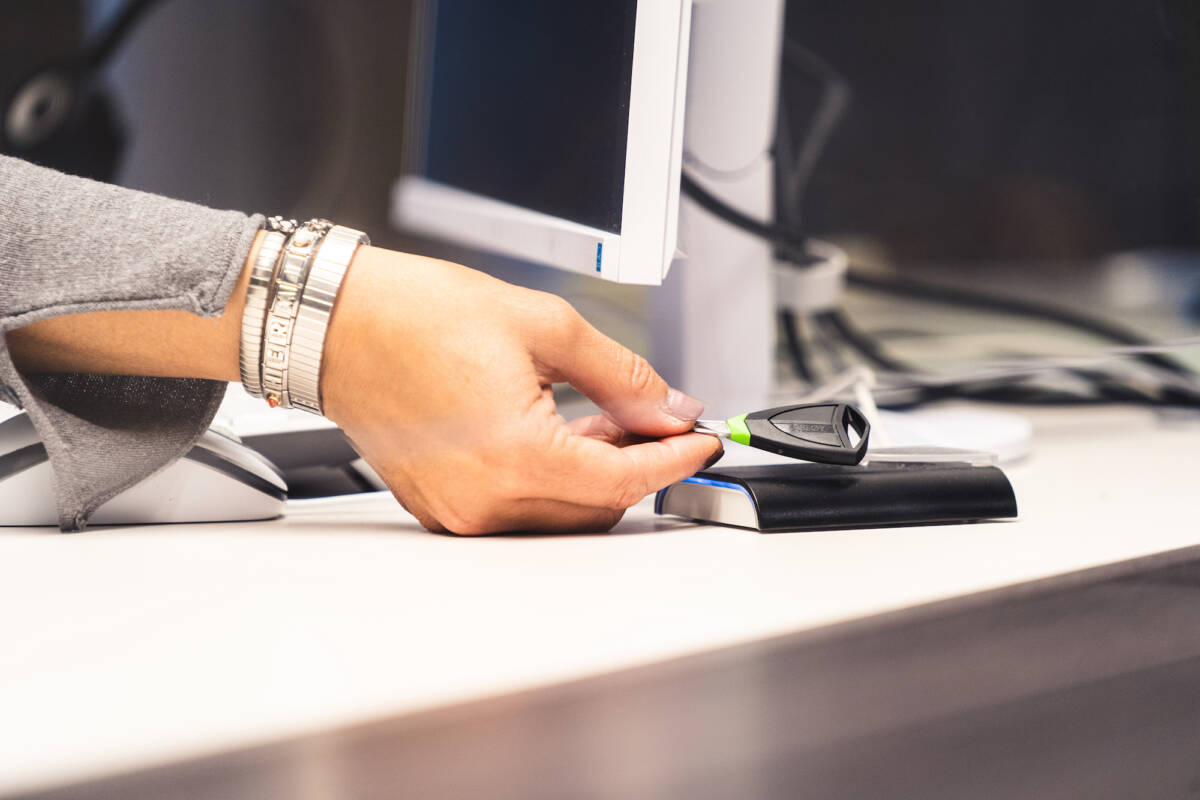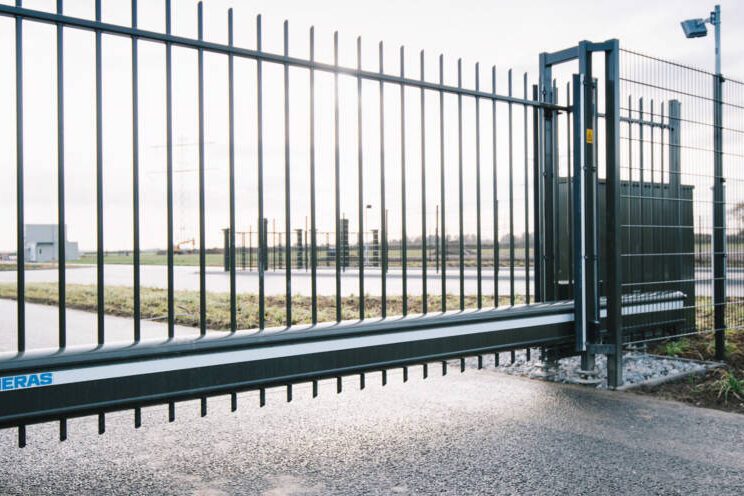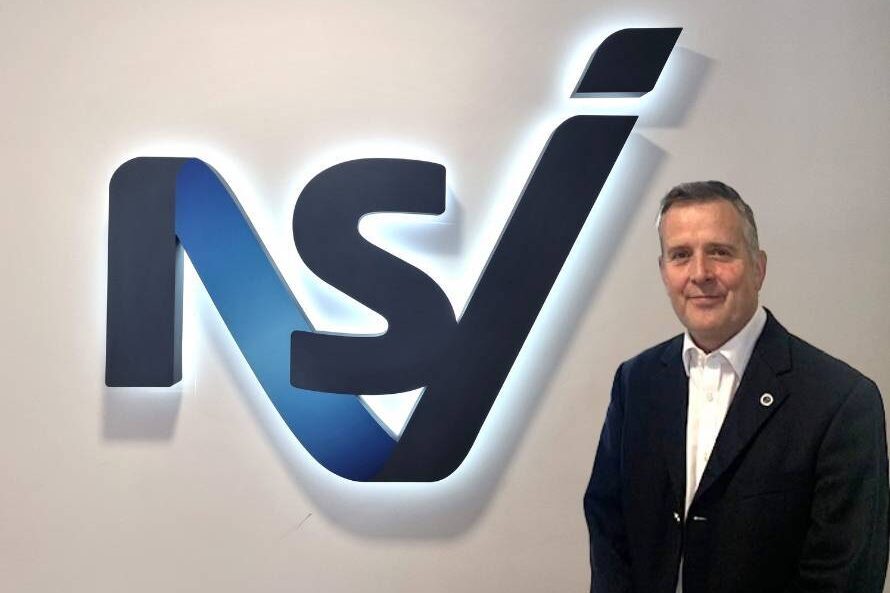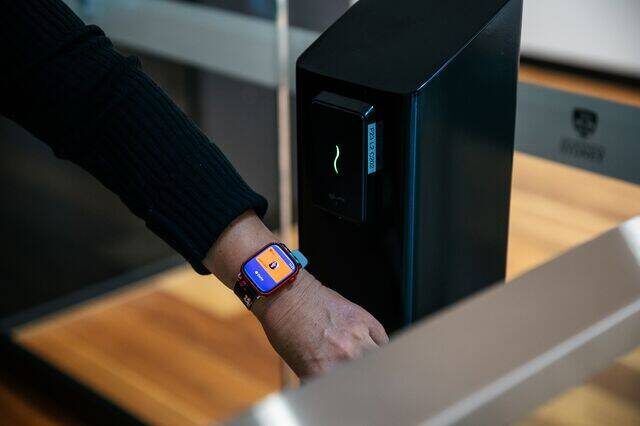Industry influencer Bobby Varma, Founder of Princeton Identity talks to Rebecca Spayne, Managing Editor of Security Buyer about the trends and challenges in biometric iris technology
In your opinion, what are the biggest trends that you see taking centre stage in 2024 and beyond?
Everybody’s been hearing about biometrics, specifically around point of sales. You think about Amazon talking about, ‘look, we are using Palm Vein for creating convenience around our user experience.’ Apple just announced in 2024 they’re going to be using Iris technology for their virtual reality glasses. I am finally excited to hear that biometrics is becoming more prevalent. I’ve been in the industry for 20-25 years, and it’s always been a conversation around, ‘well, what are biometrics being used for, what about the concerns that exist?’ But now, with a younger generation being more adoptive around, ‘Hey, I want to create convenience. I want something right now that, when it comes to applications, I want to access information,’ it’s becoming more prevalent.
People don’t want to create friction around the convenience factor. Biometrics is becoming more relevant in every application domain, from point of sales to time and attendance. Now, access control has been around for a number of years, but now you are seeing goliath companies like Apple and Amazon and Google really taking this technology to the next step.
How does new technology cater to generational shifts while ensuring data security?
Two-factor authentication is becoming something that is more than just securing your information. Currently, I must remember my password and carry my mobile to get my MFA pin code. The user experience is very pivotal when it comes to digesting technologies. The easier you make it for the end user, the probability of adoption becomes greater statistically. So again, instead of remembering to carry your phone and remembering your password, if you can create a single-step user experience where you just walk up to a technology, it authenticates you without you remembering or carrying anything, it becomes more of an application that younger generations are willing to adopt.
Could you explain the Iris on the move technology and its significance?
I’m sure you have heard about all the various modalities in this space with this vertical. When it comes to biometrics technology, people usually lean towards facial recognition. Most of the solutions that exist out there in the market currently incorporate facial recognition or you must, as a user, stop in order to get authenticated, even for a fraction of a second. Whereas iris on the move is where you don’t, as a user, have to do the work. So, it’s all going back to the user experience, you are not stopping or breaking your stride as you walk up to the device, it authenticates you on the move.
For example, you talk about immigration, point of sales, and time and attendance. In those cases, when you have a larger volume of people, you don’t want to create a bottleneck where people are standing in line. And this is the power of technology today.
And what about in diverse environments, perhaps with accessories? We’ve just come out of a pandemic with masks for example, or wearing glasses?
Iris technology is notably distinct, boasting 256 unique identification points per iris, compared to only 40 in a fingerprint. Each iris is unique, effectively providing two separate biometric identifiers per person. This technology utilises near-infrared (IR) light, which eliminates the color biases often encountered with facial recognition, ensuring a more accurate and bias-free identification process.
This high degree of uniqueness is why initiatives like World Coin are leveraging iris technology to enroll the global population, as the likelihood of one iris matching another is exceptionally rare, approximately one in 1.4 billion. When both irises are used, this individuality is further enhanced, making iris recognition one of the most secure and reliable biometric systems available. This capability allows for effective large-scale enrollment and identification, significantly reducing the probability of mistaken identity compared to other biometric systems…
Read the full article in our latest issue here.
Never miss a story… Follow us on:
Security Buyer
@SecurityBuyer
@Secbuyer
Media Contact
Rebecca Morpeth Spayne,
Editor, Security Portfolio
Tel: +44 (0) 1622 823 922
Email: editor@securitybuyer.com









